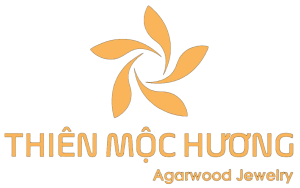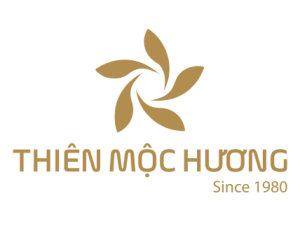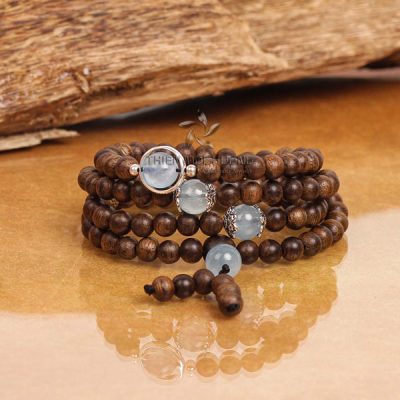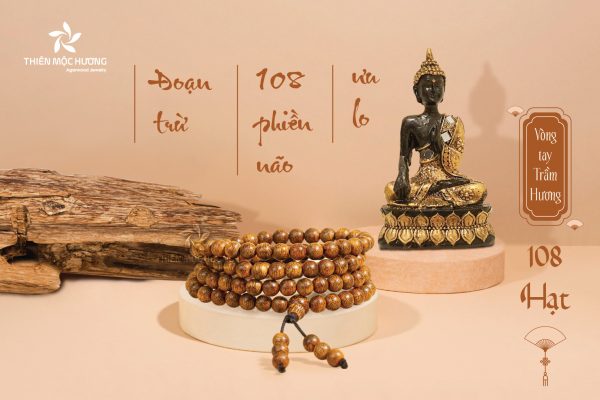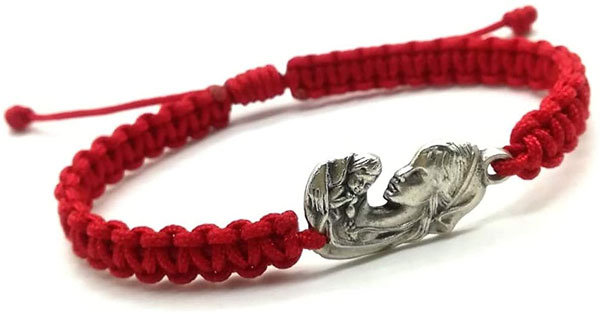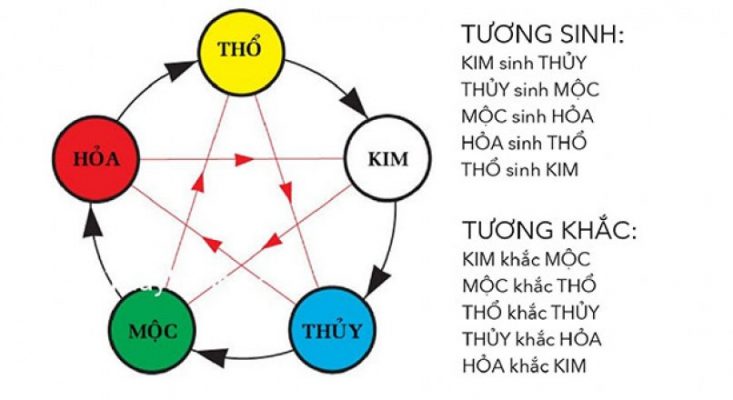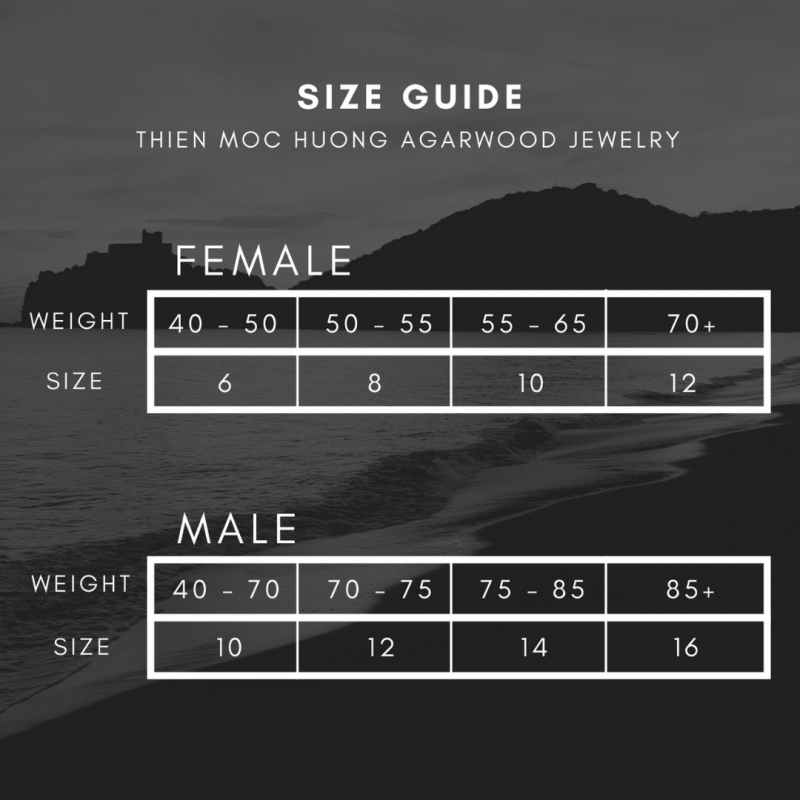Koi Fish is the prized fish in the feng shui world. It is also known as “carps” and has a deep background in Oriental culture (Eastern Asia culture). Initially, they were common carp, but later domesticated and bred to develop vibrant colors and keep them as pets. The reason why they are so prominent in oriental cultures is a long-standing legend or myth on how the Koi become dragons. So down here in this article, we will break down the facts behind every detail of the Koi meaning.
I. What is a koi fish?
Koi fish is deeply involved in Chinese, Japanese and Vietnamese culture due to the myth of the koi fish becoming dragons. Based on this magical legend, most Koi fish meanings are rotating around it. According to Chinese culture, the koi fish tried to overcome the waterfall for 100 years. At last, only one succeeds and the Gods want to reward its huge effort and dedication. They decided to turn it into a marvelous golden dragon.
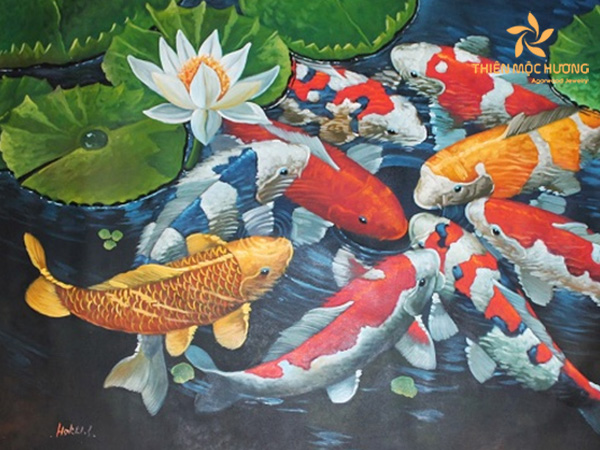
In Vietnam, we have another myth associated with the Koi fish. According to most Vietnamese, the fish is one of the main helpers in getting the Kitchen God back to heaven before every Lunar New Year. When it does, the Emperor of God sees that and appreciates its efforts, he turns it into a dragon to help them get back to heaven easier. As all the myths said, koi fish represent dedication, transformation, power, and luck.
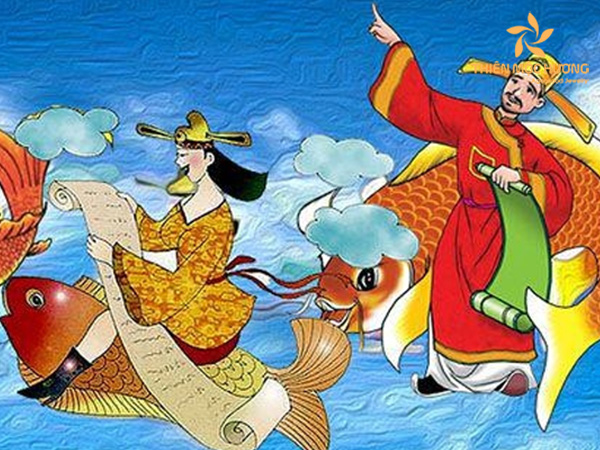
II. The history and origin of koi fish
1. The myths of koi fish
Koi fish is often called by another name, “Dragon Carp” or is known as the fish “Three-Dance to become a Dragon”. According to Chinese legend: “Once, on the Yellow River, thousands of Koi fish swam upstream. When swimming, they build strength by pushing against the current. However, on the Yellow River, there is a large waterfall. This made some Koi fish not strong enough to overcome, so they had to go back, but among them was a Koi fish swimming with all his strength and finally with all his efforts, the fish overcame the waterfall, achieving success”.
To reward this Koi, the Gods turned it into a beautiful Golden Dragon. And since then, people have called that waterfall Vu Mon. Since then, when any Koi fish has enough strength to complete the crossing of Vu Mon Gate, it will become a Dragon flying into the sky. Nowadays, Koi fish are raised in ponds and lakes as ornamental plants. Not only in Japan but now, countries worldwide also love Koi fish, considering them an indispensable element in creating a beautiful and lively garden landscape.
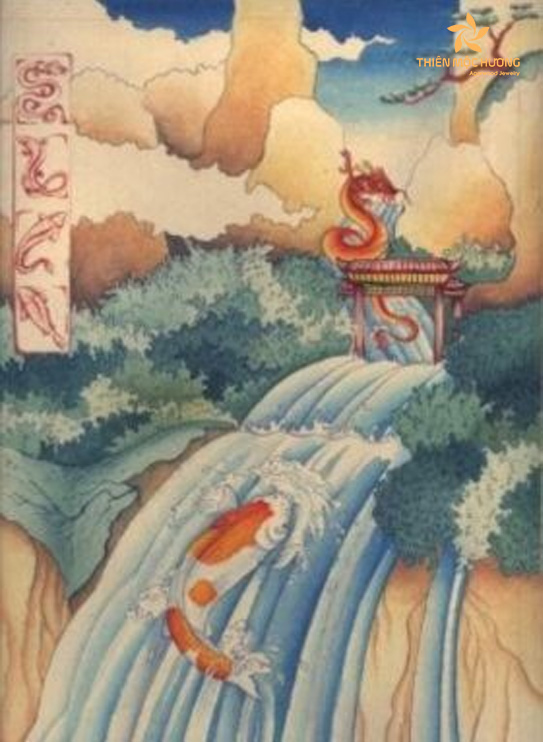
2. The origin of koi fish
Appearing from the beginning of the 20th century, in 1914, in honor of Prince Hirohito, Japan had the first Koi carp breed exhibition in Tokyo and Niigata island was officially named Niigata Koi. From here, Japanese carp with 2 main colors “red and white” are honored and widely traded.
To learn more about color crossbreeding, breeding, breeding and rearing etc. Since 1950, Japan has sent experts to study at the Center for Science and Technology of the Department of Biology at the University of Chicago and the Department of Physical Chemistry of the Illinois Research Institute, USA.
Carp bred by the Japanese are beautiful in color and expensive. Therefore, when it comes to hybrid carp with many beautiful colors, people immediately think of the Japanese and often use the same name as “Japanese carp”. The Japanese-bred carp is called Nishikigoi, which translates into Vietnamese as colorful carp, and in the 19th century, it was named KOI. The word Koi in Japanese is carp, another homonym of love and affection.
Because Japanese Koi fish are excellent, expensive and famous, the Japanese have set up their own specifications of colors and names to distinguish each type.
III. Different types of Koi fish
Koi fish are divided into two types: Standard Koi and Butterfly Koi.
1. Standard Koi
Similar in shape to the original fish, but with a beautiful blend of colors (when viewed from above, along the spine), so Koi fish are only really beautiful when kept in a pond.
2. Butterfly Koi
Different from the original fish with long fins, fins and tail, when swimming, it looks very beautiful so that it can be raised in both ponds and aquariums. Butterfly koi are also known as “longfin carp” or “dragon carp”.
Since 1980, Japan has started to breed butterfly Koi.
IV. What do Koi fish represent in Japan
Koi fish is not only highly artistic but also has deep meanings. Since its appearance, the Koi fish has been considered by the Japanese as a symbol of strength, of a strong rise because Koi fish always tend to swim against the current, fighting the current, not simply following. the water flows and never stops moving. This image represents people’s efforts to overcome adversity, overcome obstacles, never give up, and persistently pursue goals to succeed.
Koinobori – Koi carp flag is also a symbol of Japanese Children’s Day – Koinobori. The festival is held every year on the 5th of May. When the families begin to fly the Koi carp flag, the colorful Koi carp appear everywhere, carrying the meaning of wishes. for the children who will be healthy and resilient like the image of a fish “crossing the dance to become a Dragon”. This is the image that makes Koi fish more sacred than ever.
V. The koi fish meaning in Vietnam and Asian country
The Koi fish has a powerful and energetic life force, demonstrated by its ability to swim against currents and travel upstream. It symbolizes lessons and/or trials that a person may encounter in life, and confronting or overcoming them. Some characteristics associated with the Koi include:
- Good fortune
- Success
- Prosperity
- Longevity
- Courage
- Ambition
- Perseverance
- Independence
In addition, this fish also carries the meaning of a good life, intense vitality when combined with the image of a lotus flower. Because the lotus flower symbolizes nobility, even though living in the mud, it still retains its pure beauty and radiates a fragrant aroma between heaven and earth. The Koi fish is a symbol of intense vitality and rebirth. Therefore, the image of Koi fish combined with lotus flowers gradually becomes a typical traditional feature in Japan. With the strength and perseverance to overcome all challenges, Koi fish has now become a symbol, an indispensable tradition of Japan.
VI. Different meanings of koi fish depend on the color of its
Untamed carp will usually be brown or blue, but when bred, they are extremely vibrant and rich in color. The most common are white, red, gold, silver-gray and depending on the place, they have different names such as Kohaku, Yamabuki, Kuchibeni, Ogon, San Showa, Kin Showa, Tancho, etc. And each name has a different meaning. : With Kohaku species, the color combination of white and red spots means success in career. The yellow color of the Yamabuki species means wealth.
With the white body of Kuchibeni combined with red spots around the lips, it symbolizes love and long-term relationships. As for the white Kumonryu species combined with black or all-black spots, it means that life is always changing. More specifically, the Tancho species is said to have the highest value, they have a white body with a red spot on the head, meaning to bring good things, a symbol of patriotism, because they have the same shape. Similar to the Japanese flag.
Koi Fish swimming upstream: can be interpreted as a struggle or the fighting of obstacles, and is used as a reminder that you won’t give up. Also, it can overcome obstacles and have gained the strength needed to continue against the current.
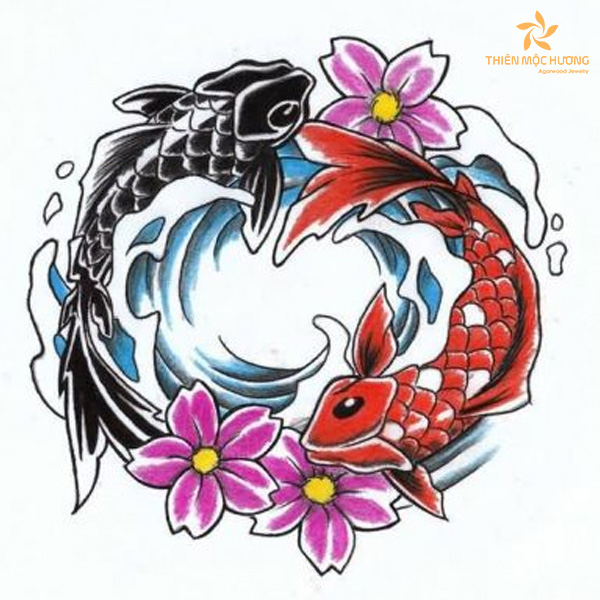
Koi Fish swimming downstream: don’t yet possess the strength to make it against the obstacles; or haven’t achieved the goals. And then it can mean having already overcome all obstacles and no longer needing to fight against the current.
Black Koi: represents overcoming an obstacle successfully. It can include depression, drug addiction, an abusive relationship and many other difficult situations.
Red Koi: often has the connotation of love. Not just any love, but a very strong and masculine love. They can also be used as a symbol of power and bravery, as most red symbols in Oriental cultures.
Blue Koi: are very masculine and can be associated with reproduction. Often considered a symbol of the son in a family. They represent peace, tranquility and calmness.
VII. Carp agarwood beaded bracelet from Thien Moc Huong
Indonesia Carp agarwood beaded bracelet is made from Agarwood type of origin from Indonesia. Norm ally, bracelets will be made into 17 beads (may vary depending on the size of the wearer’s hand). The number of beads will be selected based on the rules of the cycle of “birth – old – disease – death” to bring luck. You should choose the number of beads divided by 4 remainders 1. Accordingly, the last bead will fall into the word “birth”.
Moreover, Dragons are considered to be the animals of heaven. And it has supreme ability, symbolizing auspicious signs, so Carp overcame the magnification as a symbol of effort, luck and taking advantage of opportunities to succeed.
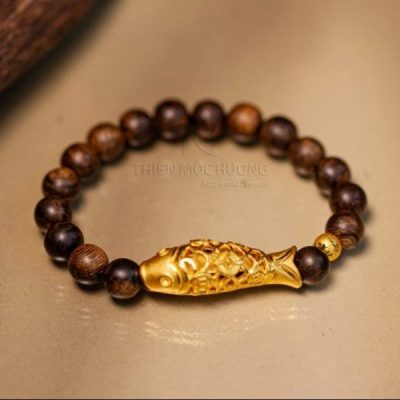
In particular, items representing the dragon carp in the family are believed to help all members achieve high results in studies and examinations. Especially helps to promote quickly in the career as well as achieve luck and fortune in the business.
Gold Carp Agarwood Bracelet is a delicate piece of jewelry combined with the feng shui philosophy. It is made from 100% natural Indonesian agarwood, a wood with the essence of heaven and earth; the details are finely and meticulously designed with pure 24K gold.
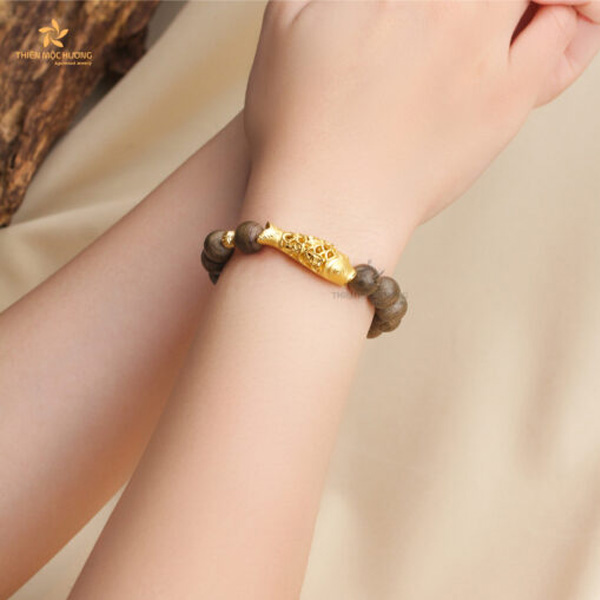
The bracelet carries a modern design, leading to the jewelry fashion trend. It Is the leading jewelry selected by the ladies to embellish their beauty. Agarwood beads with a circular design create a soothing feel when rubbing against the skin of your hands.
(904)
